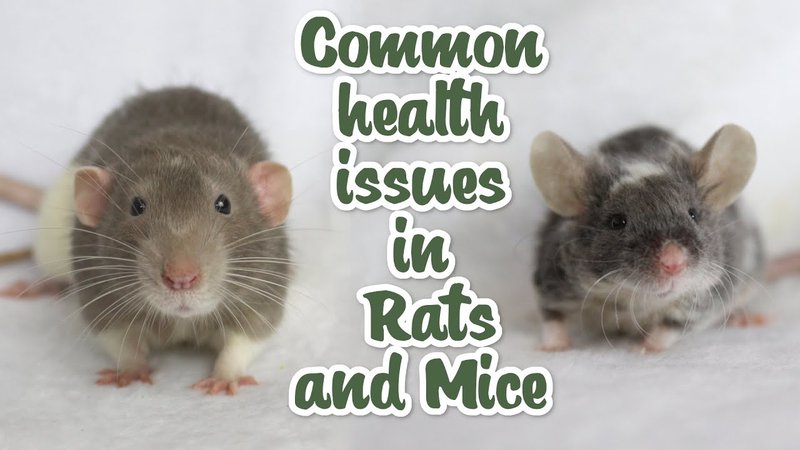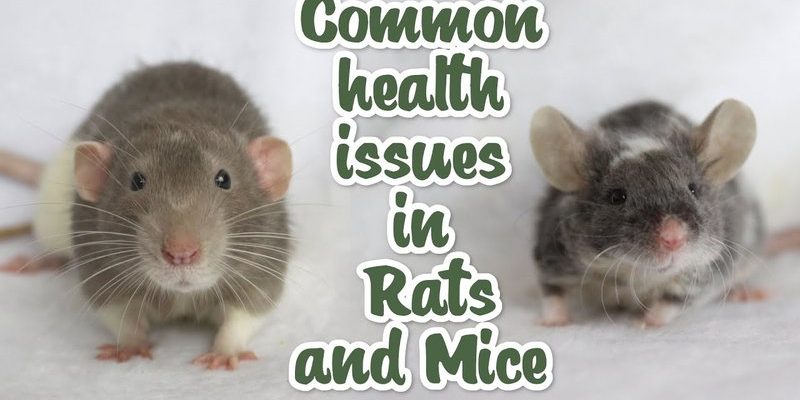
As delightful companions, satin rats require attention to their well-being. You might be wondering, “What should I watch out for?” Don’t fret! We’ll dive into the most common health issues and simple prevention tips that can keep your furry friend hopping happily for years to come.
Understanding Common Health Problems
Satin rats, like many animals, are prone to certain health issues. Knowing what these are can help you spot them early and take action.
One common problem is respiratory issues. Since rats have delicate respiratory systems, they can easily become ill from environmental factors. Dusty bedding, poor ventilation, and exposure to cold drafts can all play a part. If you notice your satin rat sneezing frequently or having trouble breathing, it’s essential to consult a vet as soon as possible.
Another issue is tumors. Sadly, satin rats are susceptible to developing tumors as they age, especially females. These can be benign or malignant, so regular check-ups are important. If you notice any unusual lumps or changes in behavior, it’s best to get them checked out.
Finally, skin problems can also arise. Satin rats may experience conditions like mites or fur loss. If your rat seems to be scratching more than usual or has patchy fur, a vet visit is in order.
Respiratory Issues: Prevention Tips
To prevent respiratory issues in satin rats, start with a clean living environment. Regularly change bedding and clean their cage to minimize dust and allergens. You want their space to be as fresh as possible!
Also, ensure good ventilation in their habitat. If you keep their cage in a drafty area, consider moving it to a more stable location. Ideally, they should be in a warm, draft-free zone.
Another tip is to avoid smoking or using strong chemicals near their living space. Satin rats are sensitive to strong odors and fumes, so using natural cleaning products can help keep their air clean.
Lastly, monitor any changes in your rat’s behavior. If they start to show signs of distress, take action quickly. Early intervention can make all the difference!
Tumors: Recognizing and Responding
Tumors can develop in satin rats, and being aware of the signs is crucial. Often, these can appear as lumps under the skin. If you notice anything unusual—whether it’s a new lump or a change in their eating habits—schedule a vet appointment right away.
Regular vet check-ups can help catch potential tumors early. Think of these visits as a routine health check, much like how we go for annual physicals. It’s a proactive approach that can lead to better outcomes.
You might also want to consider spaying or neutering your satin rat if it’s appropriate. This can reduce the risk of certain tumors, especially in females. It’s worth discussing with your veterinarian.
Additionally, keeping a close eye on your satin rat’s overall health—including weight and behavior—can help you notice any changes quickly.
Skin Problems: Keeping Their Coat Healthy
Skin issues in satin rats can stem from several sources, including mites or poor diet. Let’s talk about how to keep their skin healthy and their fur shiny!
First, maintain a clean living environment by regularly replacing bedding and ensuring their area is free from allergens. You want to create a comfy home; a clean space helps reduce the risk of skin irritation.
Next, check your satin rat’s diet. A balanced diet rich in nutrients is essential. Include high-quality pellets and a variety of fresh vegetables to ensure they’re getting the nutrients they need for good skin health.
If your satin rat does develop skin issues, consult your vet for the best course of action. They may recommend medicated shampoos or treatments to help alleviate the problem.
Lastly, regular handling and petting sessions can help you check for any potential skin problems. The more you interact with your rat, the more you’ll notice changes in their fur or skin.
Nutritional Needs: Fueling Their Health
Just like people, satin rats thrive on a balanced diet. Their nutritional needs can vary, but it’s important to focus on providing them with the right food. An inadequate diet can lead to health problems, including obesity and malnutrition.
Quality rat pellets should be the base of their diet. Look for ones that are high in protein and low in fat. Alongside pellets, provide fresh fruits and vegetables. Leafy greens, carrots, and apples can be big hits, but avoid anything toxic, like citrus fruits and onions.
Offering occasional treats can keep mealtime exciting, but moderation is key. Too many treats can lead to weight issues, which can exacerbate health problems.
Lastly, always provide fresh water. Keeping your satin rat hydrated is crucial for their overall health. Change their water daily to ensure it’s clean and fresh.
Environmental Factors: Creating a Safe Space
The environment you provide for your satin rat can greatly affect its health. A safe and enriching habitat is essential for their well-being.
Firstly, ensure their cage is spacious enough for movement. Rats are active creatures and need room to climb, explore, and play. Adding tunnels, hammocks, and toys can create a stimulating environment.
Next, consider the temperature of their living space. Satin rats are sensitive to extreme heat or cold. Keep their habitat in a room with a stable temperature, away from windows or drafts.
Lastly, check for any potential hazards in their environment. Small spaces can trap curious rats, and household items like electrical cords or small objects can pose dangers. Creating a safe play area outside of their cage is also a great idea, but always supervise them during playtime.
Regular Veterinary Care: The Key to Longevity
Regular veterinary care is like the backbone of your satin rat’s health. It’s not just about addressing problems as they come but also about being proactive to prevent issues.
Consider scheduling annual vet check-ups. During these visits, your vet can assess your rat’s health, provide vaccinations, and discuss dietary concerns. These check-ups can catch potential issues early, making treatment easier.
If you notice any unusual signs—like changes in behavior, eating habits, or physical appearance—don’t wait for an appointment. Reach out to your vet right away. Quick action can often lead to better outcomes.
Finally, know that your vet can be a great resource for questions or advice. Don’t hesitate to ask for tips on care, diet, or behavior. They’re there to help you keep your satin rat healthy and happy.
Caring for satin rats involves being attentive to their health needs and providing a loving, safe environment. By understanding common health concerns and taking preventative measures, you can ensure your little friend stays bright-eyed and active.
From respiratory issues to skin problems, being proactive is key. Regular vet visits, a balanced diet, and a clean living space are all crucial steps in keeping your satin rat happy and healthy. Remember, these little creatures depend on you for their well-being, so the effort you put in will pay off in their continued joy and companionship. Enjoy the journey with your satin rat; they truly make wonderful pets!

